The lively provincial capital of Asyut, the largest town in Upper Egypt, is one of the centers of Coptic Christianity, and also has an excellent Islamic university associated with the El-Azhar University in Cairo, a technical college and a number of secondary schools. Situated on the left bank of the Nile, with a small older quarter and extensive modern districts, it has few features of tourist interest.
The town is noted for its craft products pottery, marquetry work, ivory carvings, leather articles, woven fabrics, colored woolen blankets, tulle shawls with gold and silver embroidery. Here as elsewhere, however, locally made articles of considerable artistic quality are gradually been driven out by industrial products in European style. Asyut has a busy river port handling soda, cotton and grain, and is a market center for the agricultural produce of the very fertile surrounding area.
History
Asyut (ancient Egyptian Syut) was a place of considerable importance in antiquity thanks to its situation in a large and fertile plain extending between the Libyan and the Arabian mountains a distance of some 12.5mi/20km at the end of the "road of the forty days", an important caravan route which led to the oases in the Libyan Desert and on to the Darfur Oasis in what is now Sudan. Politically, however, it achieved prominence only occasionally, as during the First Intermediate Period, when it played a considerable part in the conflicts between Thebes and Heracleopolis. Asyut was the capital of the 13th nome of Upper Egypt, the Sycamore nome, and the principal center of the cult of the war god Wepwawet, who was represented as a desert wolf: hence the town's Greek name of Lycopolis, "city of the wolf". Asyut was the birthplace of Plotinus (A.D. 205-270), the greatest of the Neo Platonic philosophers, whose system was influenced to some degree by the priestly doctrines of his native town. At the beginning of the fourth C. Christianity became dominant in the town, and pious believers moved into the caves of the necropolis to live a life of penitence. Among them was John of Lycopolis (end of fourth C.), who gained the reputation of a saint and a prophet: thus when the Emperor Theodosius sent an envoy to ask about the outcome of his conflict with his rival Eugenius he correctly foretold the Emperor's victory. During the medieval period the town enjoyed considerable prosperity thanks to its extensive trading connections and to its slave market, the largest in Egypt. Soon after the murder of President Sadat in October 1981 there were bloody conflicts in Asyut between Muslim radicals and the police.




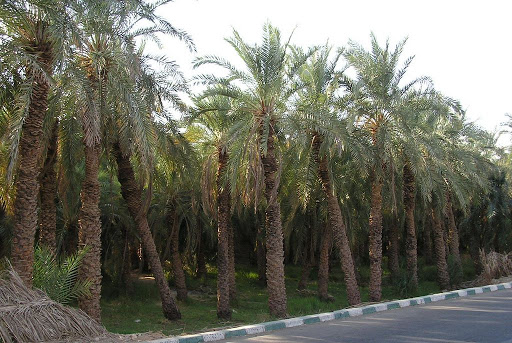
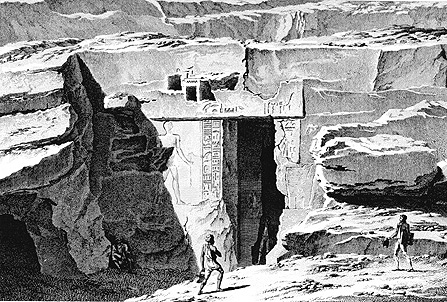

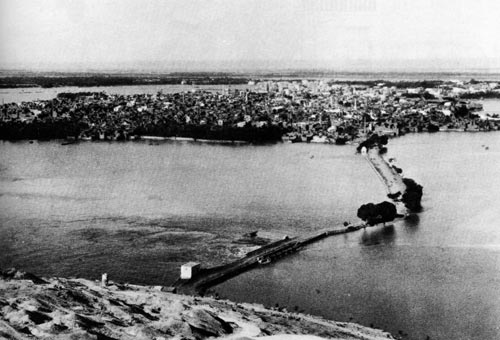
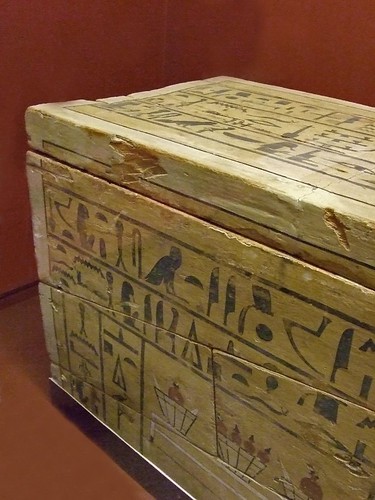



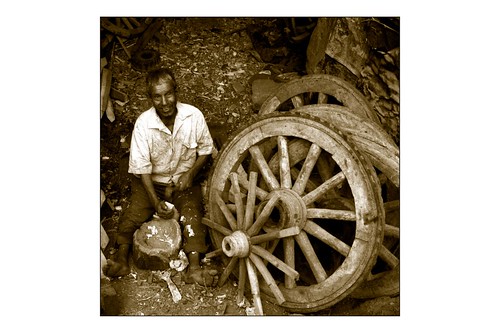

The town is noted for its craft products pottery, marquetry work, ivory carvings, leather articles, woven fabrics, colored woolen blankets, tulle shawls with gold and silver embroidery. Here as elsewhere, however, locally made articles of considerable artistic quality are gradually been driven out by industrial products in European style. Asyut has a busy river port handling soda, cotton and grain, and is a market center for the agricultural produce of the very fertile surrounding area.
History
Asyut (ancient Egyptian Syut) was a place of considerable importance in antiquity thanks to its situation in a large and fertile plain extending between the Libyan and the Arabian mountains a distance of some 12.5mi/20km at the end of the "road of the forty days", an important caravan route which led to the oases in the Libyan Desert and on to the Darfur Oasis in what is now Sudan. Politically, however, it achieved prominence only occasionally, as during the First Intermediate Period, when it played a considerable part in the conflicts between Thebes and Heracleopolis. Asyut was the capital of the 13th nome of Upper Egypt, the Sycamore nome, and the principal center of the cult of the war god Wepwawet, who was represented as a desert wolf: hence the town's Greek name of Lycopolis, "city of the wolf". Asyut was the birthplace of Plotinus (A.D. 205-270), the greatest of the Neo Platonic philosophers, whose system was influenced to some degree by the priestly doctrines of his native town. At the beginning of the fourth C. Christianity became dominant in the town, and pious believers moved into the caves of the necropolis to live a life of penitence. Among them was John of Lycopolis (end of fourth C.), who gained the reputation of a saint and a prophet: thus when the Emperor Theodosius sent an envoy to ask about the outcome of his conflict with his rival Eugenius he correctly foretold the Emperor's victory. During the medieval period the town enjoyed considerable prosperity thanks to its extensive trading connections and to its slave market, the largest in Egypt. Soon after the murder of President Sadat in October 1981 there were bloody conflicts in Asyut between Muslim radicals and the police.

















 5:51 AM
5:51 AM
 crkota
crkota






 Posted in:
Posted in: 


1 comments:
Nice pictures. Luxury holidays in Egypt are surely awesome.
Post a Comment